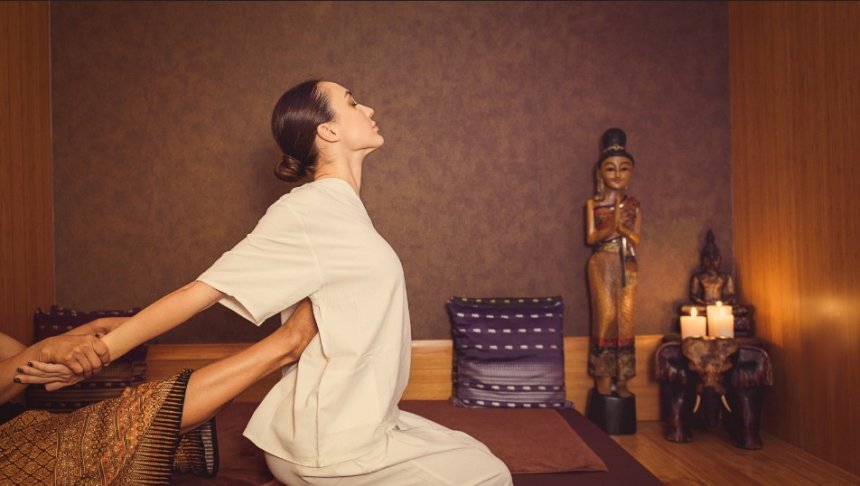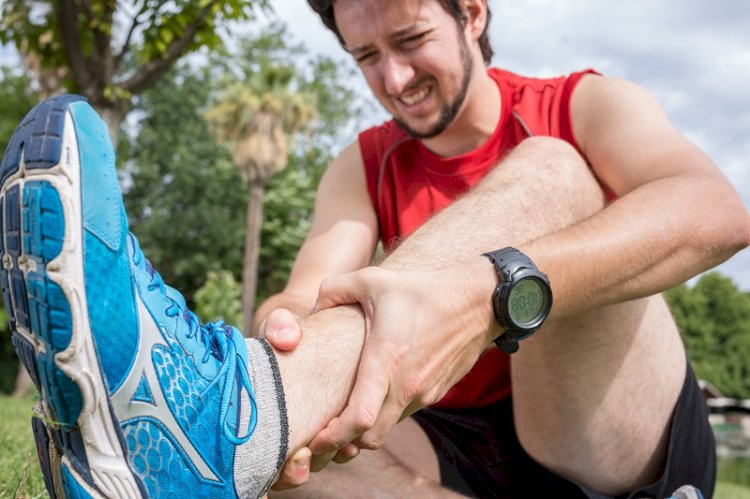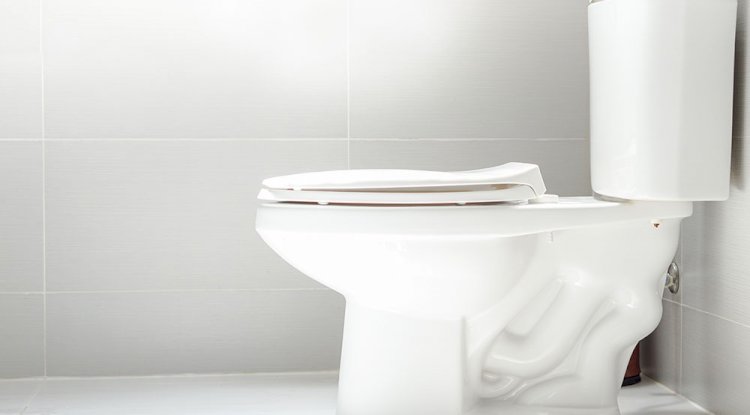Everything You Need to Know Before Your First Thai Massage Session
In this guide, we’ll walk you through everything you need to know before your first Thai massage — from preparation tips and techniques to benefits, etiquette, and aftercare.

If you’ve ever felt curious about Thai massage but hesitant to try it because you don’t know what to expect, you’re not alone. This ancient healing practice, often called “lazy man’s yoga,” is both relaxing and invigorating — but it’s quite different from the Western-style massages you may be used to. Understanding what Thai massage involves, how it works, and what happens during a session can help you make the most of your first experience.
1. What Is Thai Massage?
Thai massage is an ancient therapeutic practice that originated in Thailand over 2,500 years ago. It combines elements of acupressure, yoga-like stretching, and energy work to promote balance, flexibility, and overall wellness. Unlike Swedish or oil massages that focus on muscles through kneading and stroking, Thai massage involves rhythmic pressing, pulling, and assisted stretches performed along the body’s energy lines (known as Sen).
A typical Thai massage is performed on a floor mat, not a massage table, and the client remains fully clothed in loose, comfortable attire. The therapist uses not just their hands, but also their thumbs, elbows, knees, and feet to apply pressure and guide your body into gentle stretches.
2. The Philosophy Behind Thai Massage
Traditional Thai massage is deeply rooted in Buddhist philosophy and Ayurvedic principles. It’s believed that physical and emotional ailments are caused by blockages in the body’s energy flow. The goal of Thai massage is to clear these energy pathways, restore balance, and promote harmony between the mind, body, and spirit.
This focus on energy and mindfulness makes Thai massage as much a meditative experience as a physical one. Many clients describe feeling deeply relaxed yet re-energized after a session — a rare combination that makes Thai massage unique.
3. How to Prepare for Your First Session
Before your first Thai massage, there are a few simple steps you can take to ensure a comfortable and rewarding experience:
- Wear comfortable clothing: Choose loose-fitting, stretchable clothes like yoga pants and a t-shirt. Avoid jeans, skirts, or anything restrictive.
- Avoid heavy meals: Eat lightly or have a snack at least 1–2 hours before your appointment. A full stomach can make certain stretches uncomfortable.
- Stay hydrated: Drink water before and after your massage to help flush out toxins released during the session.
- Communicate any medical concerns: If you have recent injuries, chronic pain, or health conditions (like high blood pressure or pregnancy), inform your therapist beforehand. They’ll adjust techniques accordingly.
- Arrive a little early: This allows time to relax, fill out forms, and mentally prepare for your session without feeling rushed.
4. What Happens During a Thai Massage Session
When you arrive, your therapist will guide you to a serene, quiet space. You’ll lie on a padded mat on the floor — no oils or lotions are used. The therapist will begin with gentle compressions to loosen your muscles and gauge your flexibility.
Here’s what typically happens during the session:
- Pressure and stretching: The therapist applies rhythmic pressure along your body’s energy lines using their palms, thumbs, and elbows. Then, they gently stretch your arms, legs, and back into various yoga-like positions.
- Breathing coordination: You’ll be encouraged to breathe deeply and naturally as your therapist works. The breathing helps you relax and enhances energy flow.
- Head-to-toe treatment: Thai massage usually covers the entire body, including feet, legs, back, shoulders, arms, and even scalp.
- Rhythmic flow: The movements are slow, deliberate, and rhythmic — creating a soothing, almost meditative pace.
A full Thai massage can last 60 to 120 minutes, depending on the spa or therapist.
5. What It Feels Like
Thai massage can feel quite different from a typical massage — it’s both energizing and deeply relaxing. Some stretches might feel intense, especially if your body is stiff, but they should never be painful. Always communicate with your therapist if any pressure or movement feels uncomfortable.
Afterward, you may feel lighter, taller, or more flexible, as if your entire body has been gently realigned. Many clients report a sense of calm and clarity that lasts for hours or even days after the session.
6. Key Benefits of Thai Massage
Thai massage offers a wide range of physical, mental, and emotional benefits, including:
- Improved flexibility and mobility through assisted stretching
- Enhanced blood circulation and oxygen flow throughout the body
- Reduced muscle tension and stiffness
- Relief from chronic pain, especially in the back, neck, and shoulders
- Boosted energy levels and vitality
- Better posture and body awareness
- Lower stress levels and improved mental clarity
With regular sessions, Thai massage can help maintain long-term physical balance and emotional well-being.
7. Etiquette and Communication
Thai massage therapists are trained professionals who value respect and communication. To make your session smooth and comfortable:
- Be honest about pain or injuries — your therapist can adapt techniques to suit your needs.
- Don’t be shy about feedback: If the pressure feels too strong or too light, say so.
- Stay mindful: Try to relax, breathe deeply, and be present in the moment.
- Silence is okay: Thai massage is often quiet and meditative — many people prefer to simply enjoy the experience in peace.
8. Aftercare Tips
Once your massage is over, you may feel a mix of relaxation and rejuvenation. To make the most of your session:
- Drink plenty of water to help your body flush out toxins.
- Avoid strenuous activity for a few hours.
- Stretch gently the next day if you feel any mild soreness.
- Eat a light, healthy meal afterward to restore energy.
Mild soreness can sometimes occur, especially if your muscles aren’t used to deep stretching. This is normal and should subside within 24 hours.
9. Who Should Avoid Thai Massage?
While Thai massage is generally safe, it may not be suitable for everyone. You should avoid it or consult your doctor first if you:
- Are pregnant (unless receiving a prenatal-specific Thai massage)
- Have severe osteoporosis or joint issues
- Have cardiovascular conditions or uncontrolled high blood pressure
- Have recent fractures, surgeries, or infections
Always let your therapist know about your health history to ensure your safety.
10. Final Thoughts
Your first Thai massage can be a truly transformative experience — blending physical therapy, relaxation, and spiritual balance in one session. It’s not just about muscle relief; it’s about connecting with your body’s natural energy flow and restoring harmony between mind and body. Whether you’re looking to ease muscle tension, improve flexibility, or simply find inner calm, Thai massage offers a holistic path to wellness. So, wear something comfortable, keep an open mind, and prepare to leave your session feeling lighter, refreshed, and completely rejuvenated.
Share
What's Your Reaction?
 Like
0
Like
0
 Dislike
0
Dislike
0
 Love
0
Love
0
 Funny
0
Funny
0
 Angry
0
Angry
0
 Sad
0
Sad
0
 Wow
0
Wow
0

















